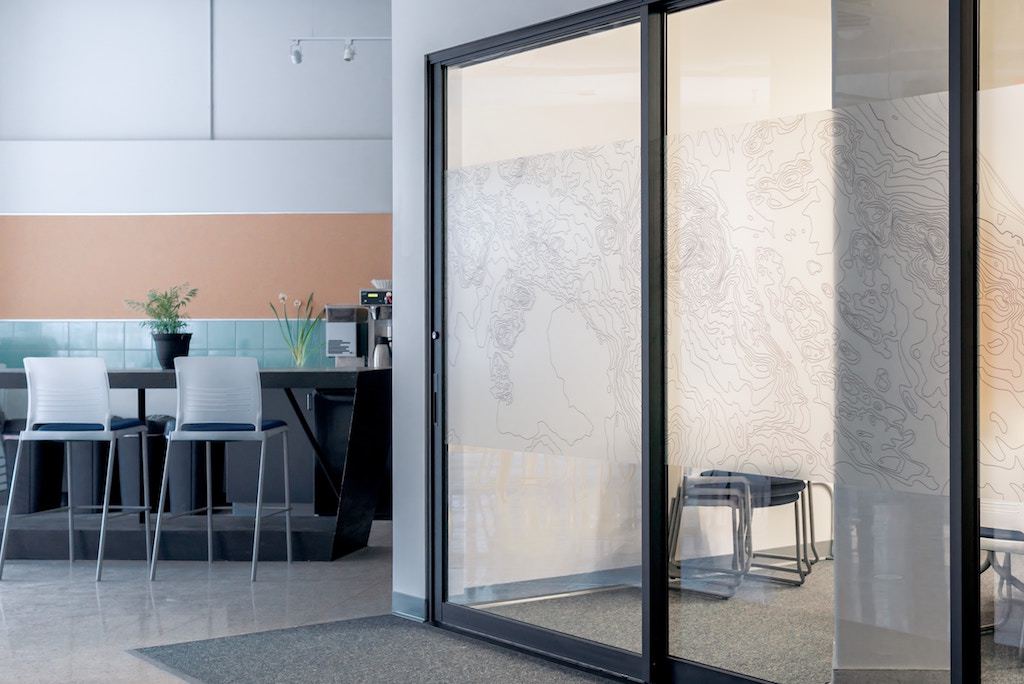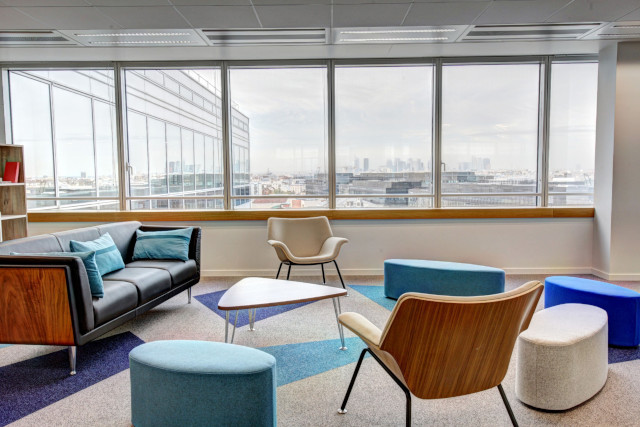
SenzoLive case studies so how CRE executives optimize the workspace.
Use occupancy analytics to reduce real estate costs, foster employee collaboration and productivity.
Our case studies and results
We pride ourselves on our ability to tailor our solutions to our customers’ specific needs. SenzoLive team strives for helping customers to get the most value from the daily occupancy data, while supporting them every step on the way.
Case study one
CLIENT: A global IT company
CHALLENGE: This customer had implemented an activity based desking policy in their workspace and wanted to understand its efficiency.
SOLUTION: SenzoLive occupancy sensors were installed in two of their buildings for a period of six months, broken up into three-month intervals: pre-change data analysis and post change data analysis. Over the period the data was gathered on how all 1000 work points (meeting rooms and all desks) were being utilized. In addition, an employee survey was distributed to collect feedback on how they used the areas and what could be improved.
RESULTS: After analyzing the data and the employee input, company crafted an implementation plan to improve their workspace environment and space efficiency. The results were a positive surprise to the company’s CRE team:
- 50% improvement in space efficiency after the changes were implemented
- contributed to a $1.5M annual savings.
- dramatic improvement in collaboration between employees and departments were noticed by the stakeholders.

Case study two
CLIENT: A large international bank with over 40 000 employees
CHALLENGE: This bank customer was constructing a new building every 18 months. They wanted better visibility into workspace utilization to support their real estate strategy.
SOLUTION: SenzoLive desk occupancy sensors and cloud-based analytics was deployed to measure the actual space utilization.
RESULTS: After analyzing the data, the bank management realized that many of the work locations were being used with less frequently than what they had assumed. They took an action to stop any non-strategic building expansion. As a result, they were able to change the desk/employee ratio from 1.0 to 1.4, improving the workspace utilization with 40%. This had a significant positive net profit impact at annual level.

Case study three
CLIENT: A Fortune 500 Power Generator Manufacturer
CHALLENGE: After moving into a new office designed with a future workspace concept, the company’s CRE team wanted to collect actual data on the impact of the new workplace design.
SOLUTION: SenzoLive desk sensors was installed to generate real-time occupancy data. The data was used to understand whether any additional real estate was required, if the new layout design worked for their employees, and if the workspaces provided were fit for the team activities.
RESULTS: The SenzoLive data resulted the company to avoiding renting unnecessary 3rd-party co-working space. With the data and insights gained by using SenzoLive, they made further changes to their other real estate properties. Currently the company is working on deploying permanent SenzoLive solutions across their international facilities. The live occupancy statistics helps the company management to rapidly act on any workspace utilization change without delay.

---
If you want to learn more details and results of these and similar SenzoLive case studies, please contact our sales department to begin the conversation